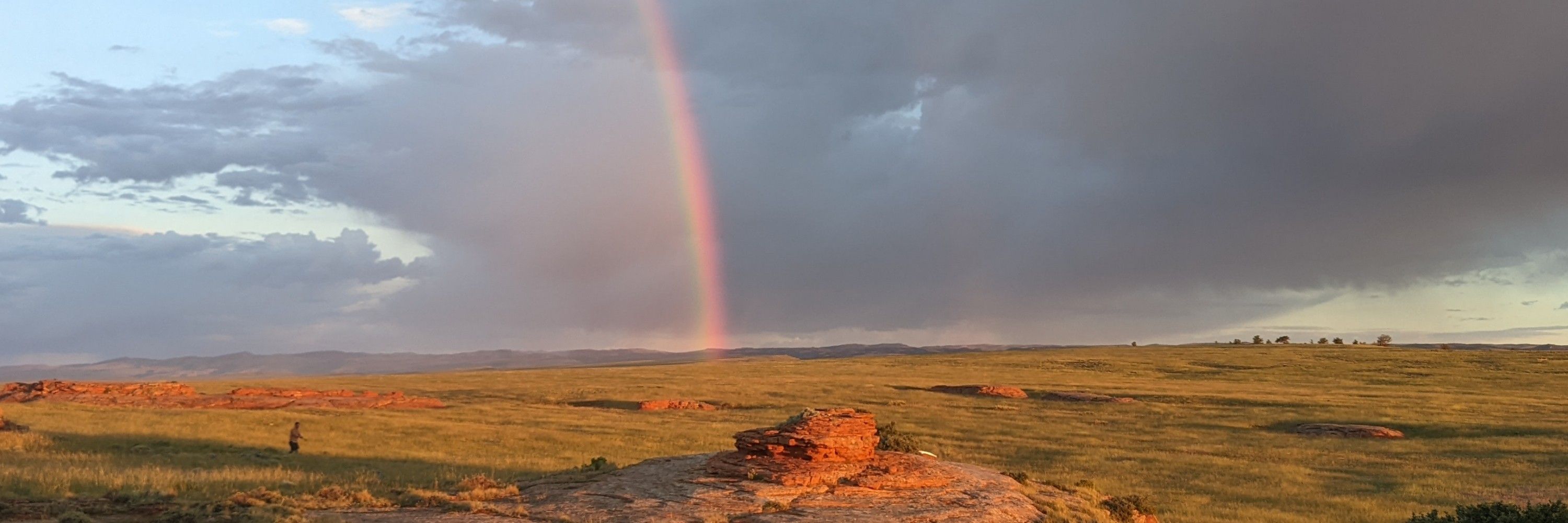
Question: should I reconstruct the specimens by moving each isolated fragment digitally to remove as much of the space as possible? (1 of 2)
Question: should I reconstruct the specimens by moving each isolated fragment digitally to remove as much of the space as possible? (1 of 2)

doi.org/10.1371/jour...
@uwmadscience.bsky.social
1/16

This ⬇️ important but rather depressing paper describes how conducting, & crucially initiating, field studies is becoming harder & rarer.
A short 🧵 (and a call for more fieldwork)
www.cell.com/trends/ecolo...
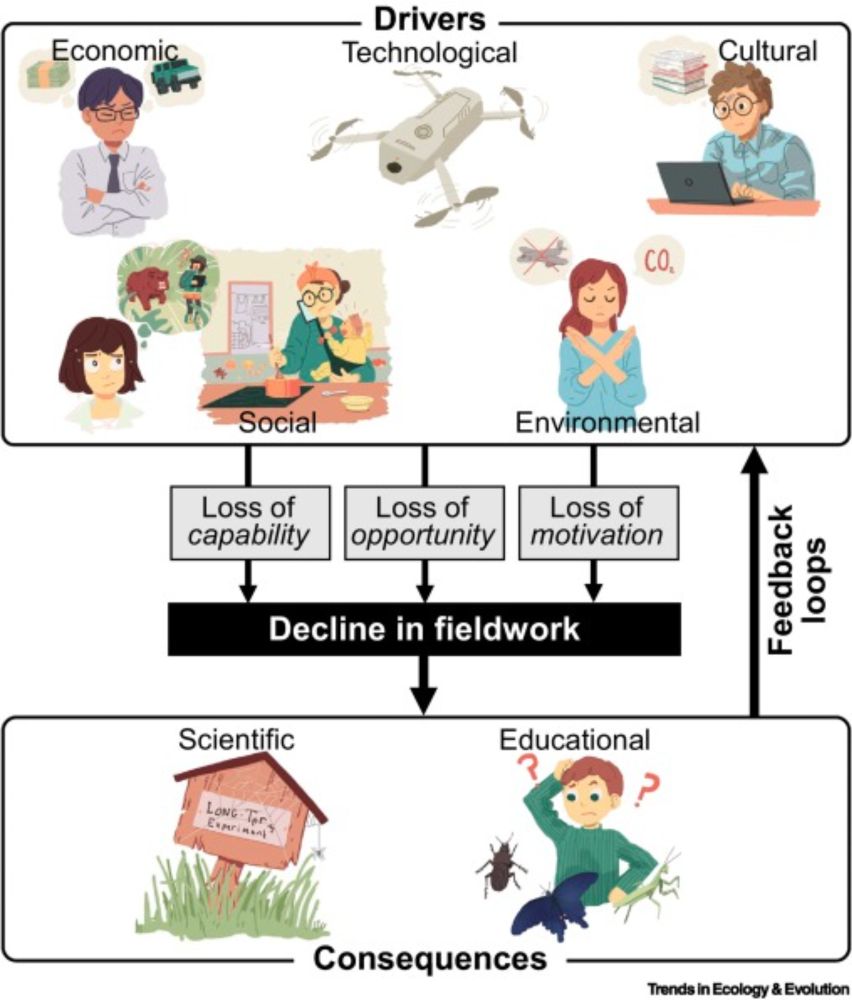
journals.biologists.com/jeb/article/...
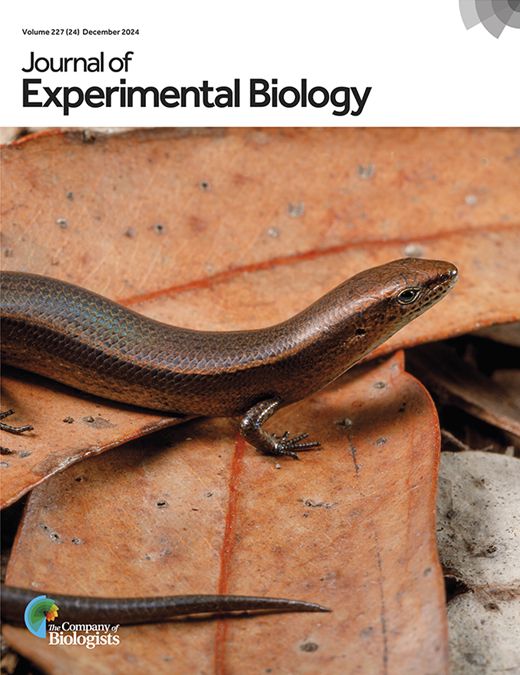
Please read & share 🐊🔬 @genevunige.bsky.social



www.nytimes.com/2024/11/28/s...

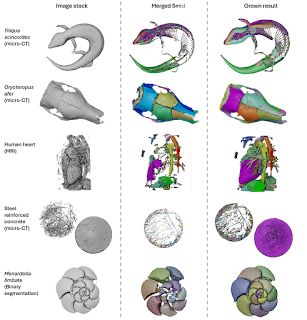





"Shifting Distribution of Land Temperature Anomalies" by svs.gsfc.nasa.gov/5211/ ⚒️🧪
"Shifting Distribution of Land Temperature Anomalies" by svs.gsfc.nasa.gov/5211/ ⚒️🧪
OMG = old mafic gneiss
STFU = samples taken from unconformity
WTF = where's the feldspar
BRB = big round boulder
SMH = so many hotsprings
LOL = lovely old lithologies
ROFL = really old foraminifera limestone
#GeologistProblems
Please share! ~40+ slots this summer!
#paleontology #geology #biology
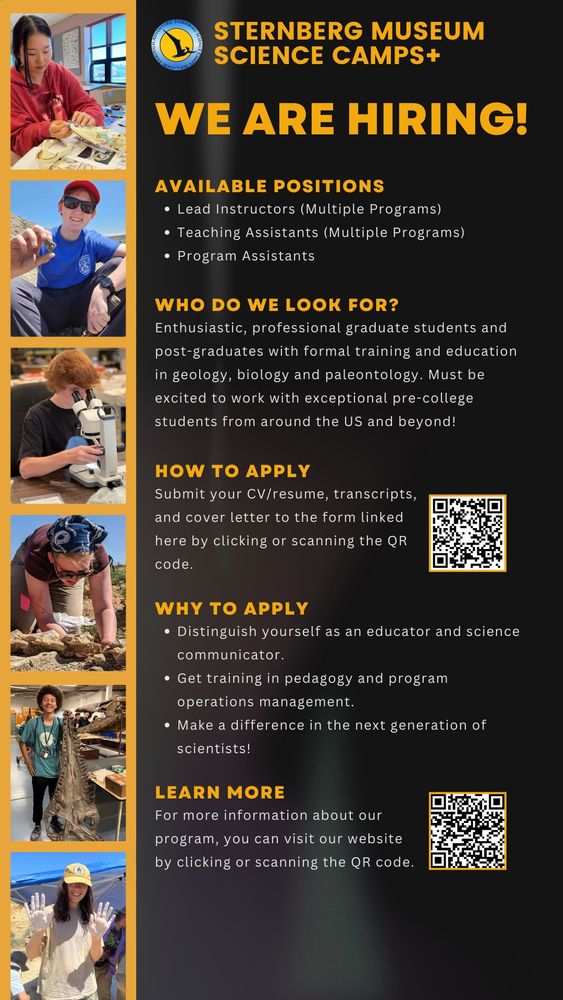
Please share! ~40+ slots this summer!
#paleontology #geology #biology

3 years later I have 23 different designs and counting.
www.emmalerae.com/store.html
If you don't see your preferred flag I'm more than happy to add more designs to the rainbow herd. Just let me know.





